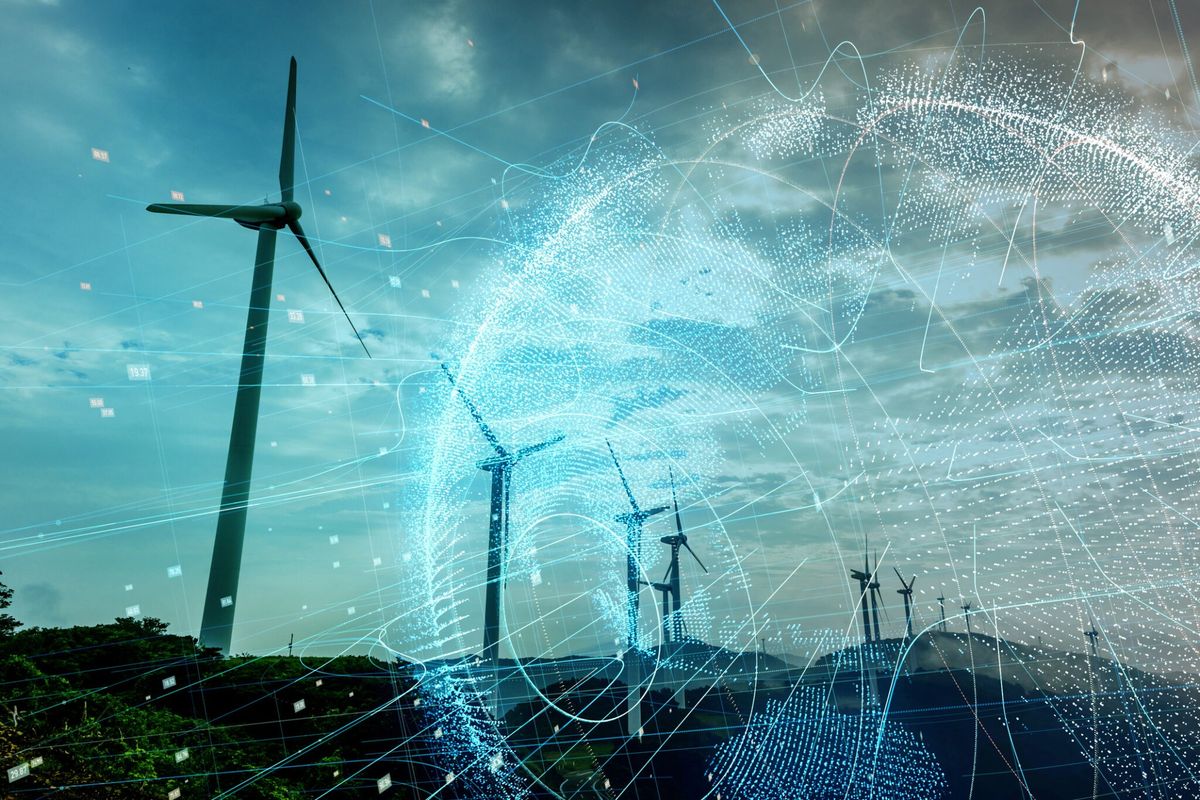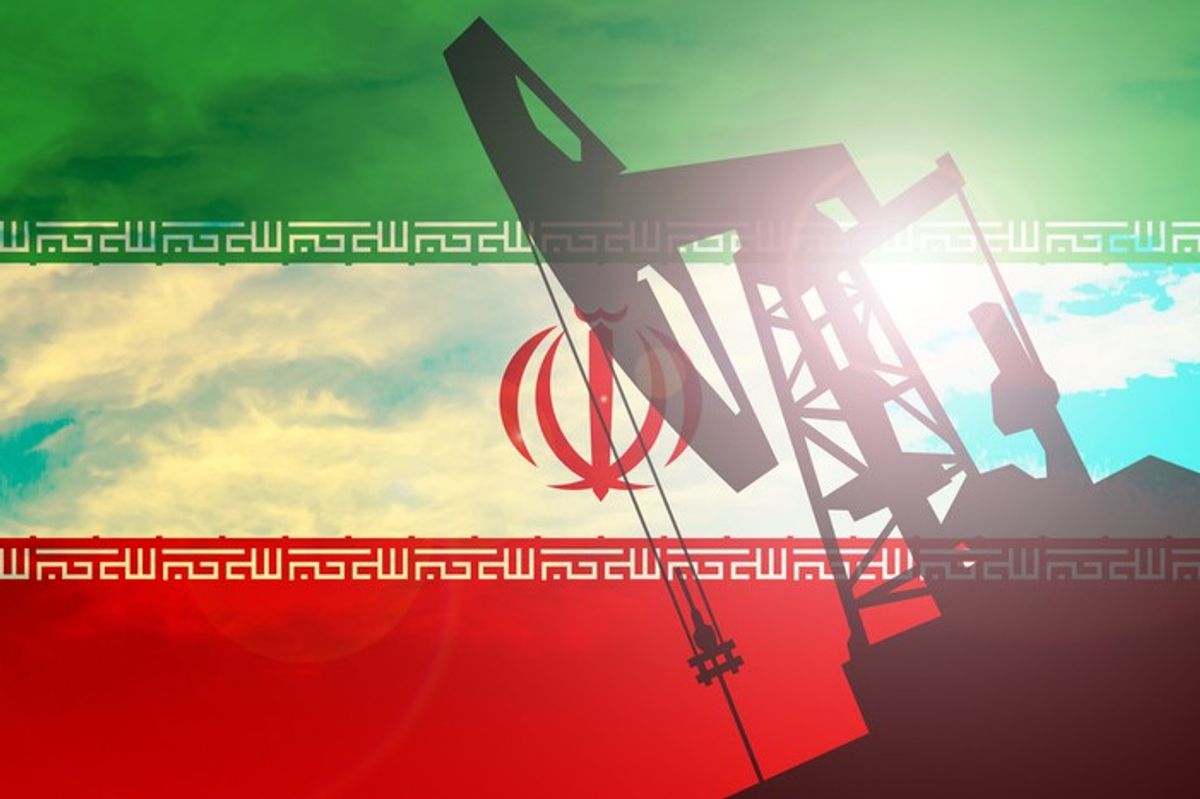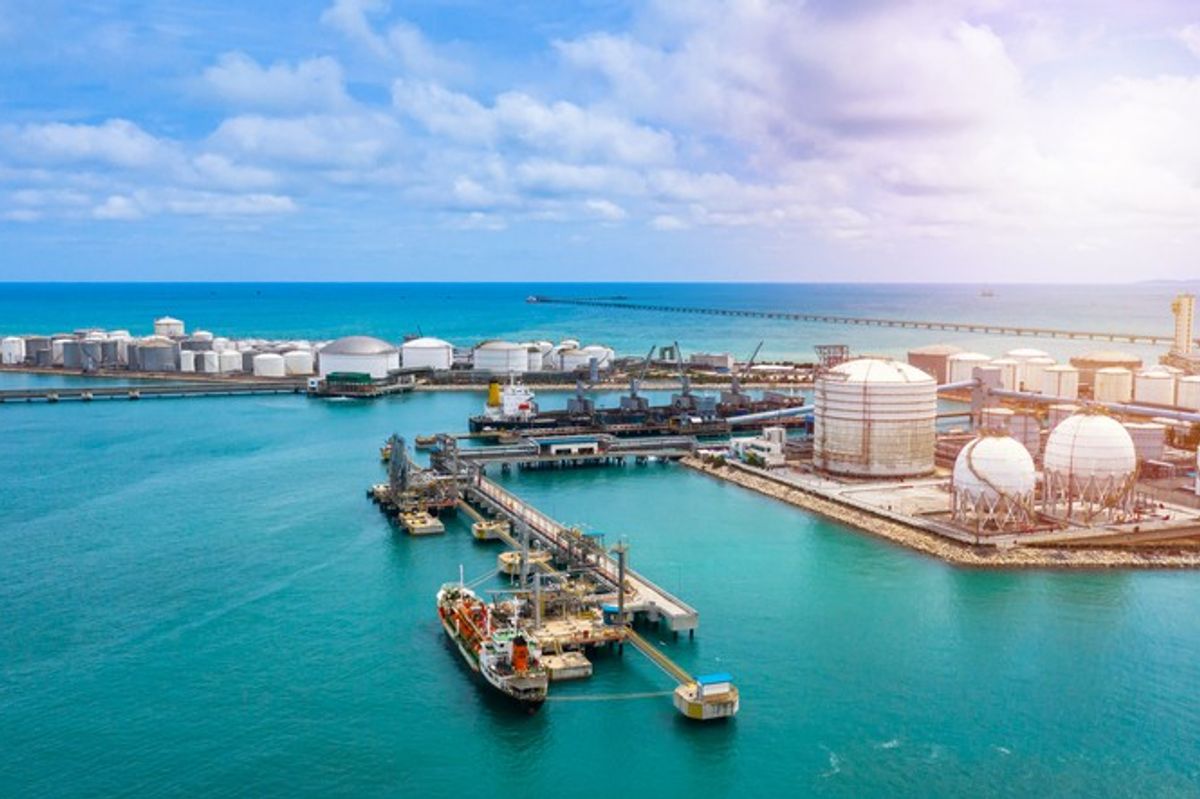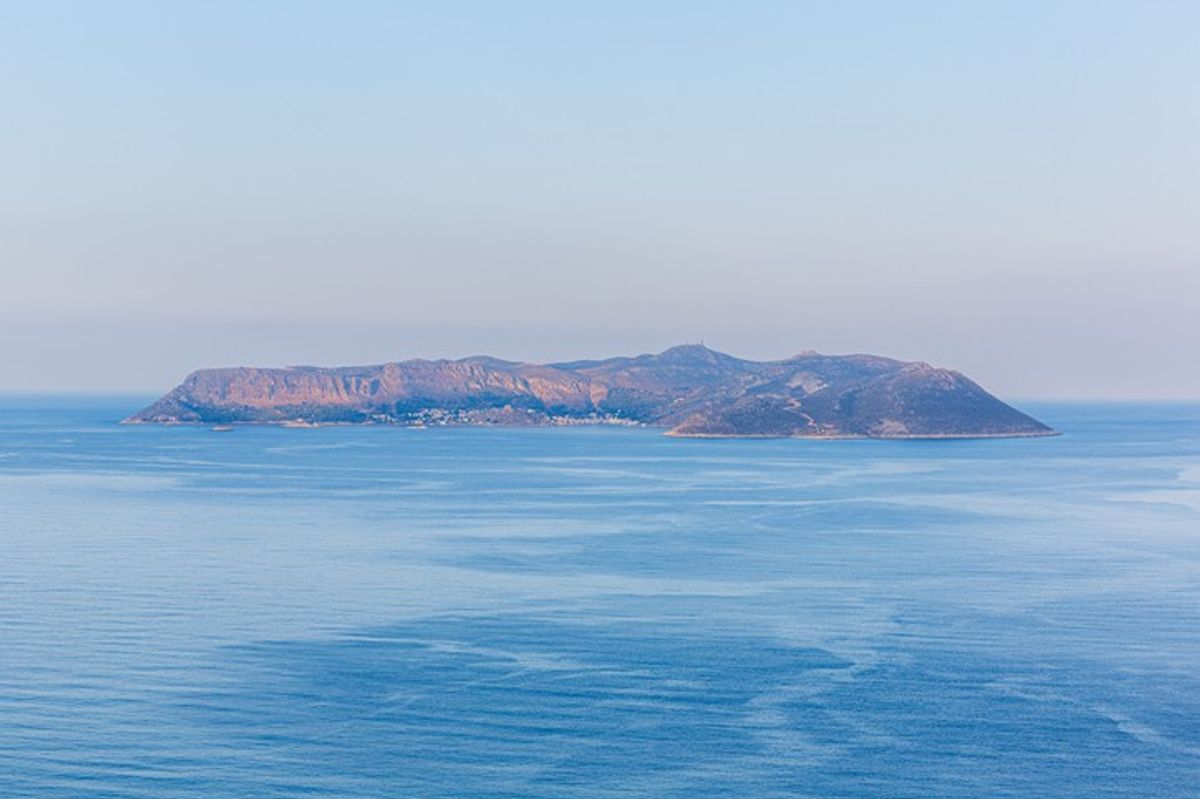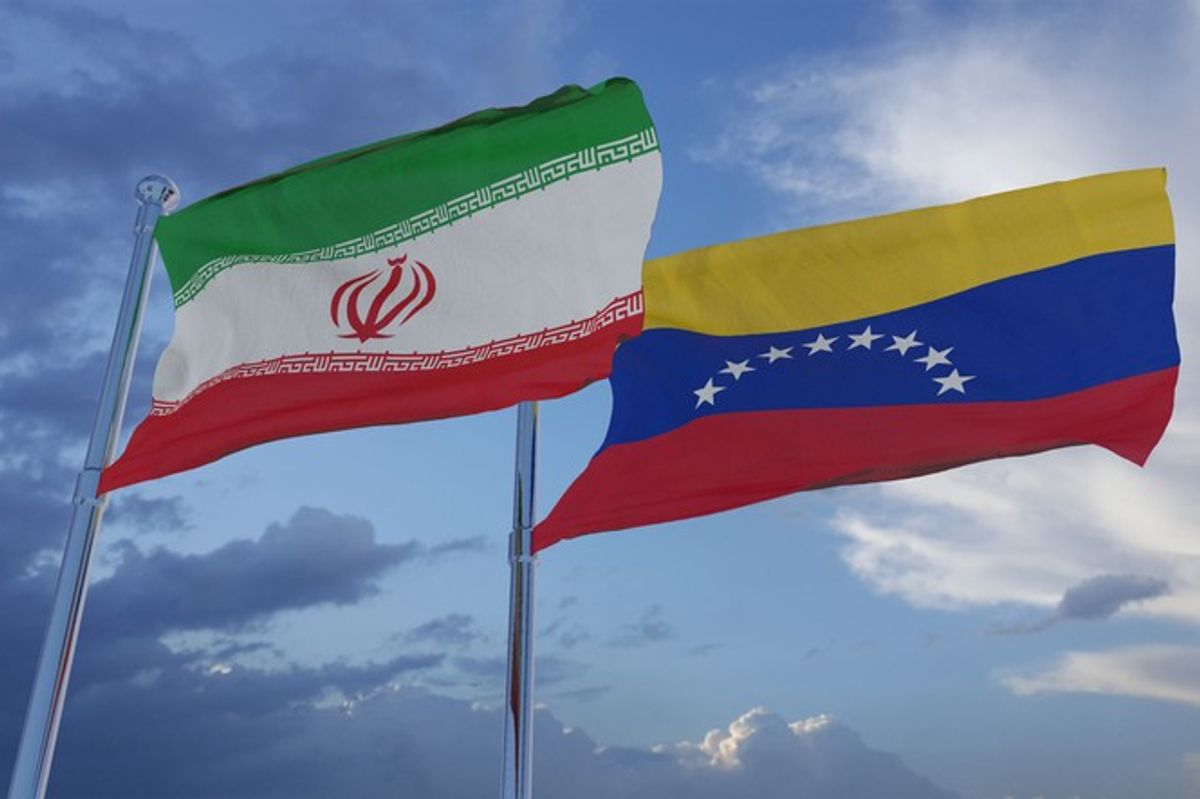Even before Chinese President Xi Jinping’s “One Belt, One Road” initiative, there has been a silk road in place between the Far East and the Gulf Cooperation Council (GCC) region for some time. Any visitor to Dubai will note the prominence of Chinese products in the markets. For the past 12 years, Chinese firms have operated a 150,000 square meter trading center, perhaps the largest outside China, called the Dragon Mart with 3,950 stands representing Chinese firms selling their wares, retail and wholesale, to visitors from all over the region.
Even more important is the role of Jebel Ali. The free trade zone of Jebel Ali [“JAFZA”] in Dubai is the third largest container port in the world. It receives containers from all over the world but principally re-export shipments from the Far East to the countries in the Gulf region and Africa. Dubai has built a fully streamlined zone with over 7,000 firms that maintain mammoth warehouses and/or factories feeding from the harbor. The containers come to the warehouses, are unloaded and their contents redistributed either by sea or in smaller packages by air cargo through the largest air cargo facility in the world, which is fully integrated into the free zone. Hence, large Chinese, Japanese, and Korean companies use Dubai as a distribution center for their products and spare parts for the whole region including Africa.
Dubai is increasingly focused on developing its trade, mainly the re-export trade, to Africa. Emirates Airlines and cargo air planes can take off from Jebel Ali to the continent more efficiently than from Asia. The giant 14,000 teu (Twenty Foot Equivalent) container ships – which cannot unload in Iran, other Gulf countries, or any African port –can be reloaded onto smaller ships at Jebel Ali in less than 24 hours. While Abu Dhabi only sells crude and LNG (liquefied natural gas) to the Far East, Dubai provides a full package of goods to Asia with an efficiency unmatched anywhere in the region, thus providing a real silk route between Asia and the region.
Of course, there is a great deal of trade based solely on the exchange of energy for goods. Indeed, when asked about a silk road between the GCC countries and Asia, one thinks primarily of oil and gas exports from the gulf region and imports of manufactured goods from Asia. The GCC countries export about 8.5 million b/d of oil and 54.4 million tons of LNG per year to the Far East. The Gulf countries also export large volumes of refined products: chemicals both basic and advanced; fertilizers; and metals, mainly aluminum to Asia.
The largest exchanges take place between Saudi Arabia and China, who imports over one million b/d of crude oil from the Kingdom, as well as chemicals and fertilizers. In turn, China sells about $20 billon of goods to the Saudis. Riyadh has also invested in a large refinery and petrochemical complex in Fujian, a 660,000 b/d refinery in South Korea, and a 445,000 b/d refinery in Japan. Saudi Arabia’s SABIC, the second largest chemical company in the world, has a large chemicals manufacturing Joint Venture (JV) and a research center in China. In return, China’s Sinopec has invested in Yasref, a 400,000 b/d refining JV with Saudi Aramco in Yanbu.
The GCC silk road is not merely between China and the Gulf countries. Perhaps the most successful trading countries in the region are:
- Japan, which sells 25 billions of advanced equipment and cars and invests in factories in the GCC, while importing over 1.1 million b/d from Saudi Arabia, 700,000 b/d from the UAE and 12 million tons of LNG p.a. from Qatar, most of its aluminum from the UAE
- South Korea, which not only sells equipment and runs highly reputed large contracting firms in the region, but also provide advanced technology in direct competition with the U.S. and the EU. It is now the country of choice for the engineering and construction of the main advanced chemical plants in the region, such as those built by SADARA, the joint venture between Dow Chemical and Saudi Aramco.
The great success of South Korea in the region is especially evident in the UAE, which bought four nuclear reactors for $20 billion. These reactors, presently under construction, are expected to come on line over the next four years starting in 2017. China and South Korea are also likely to be involved in the Saudi plans for 20 nuclear reactors in the near future.
China, because of its size and world ambitions, is of great importance to all the countries of the Gulf. The trip by President Xi in January 2016 to Saudi Arabia was seeking to enhance this relationship. China would like to negotiate a free trade agreement with the GCC. Negotiations have been on-going for many years. However, there does not seem to be an agreement in sight. A major stumbling block is due to the inability of GCC as a negotiating entity to commit that each of its members will agree to the same rules of trade.
It is clear that the Saudis and the Emiratis are happy to sell crude oil, gas, chemicals, fertilizers, and downstream products to China. However, in light of their relationship with Japan, South Korea, and other Far Eastern countries, they do not necessarily see China as their most important strategic partner, or necessarily the main focus of their silk route. From the GCC point of view, the One Belt One Road initiative is most interesting, but only if it matches the route they have already built to the entire Far East, not just China.



